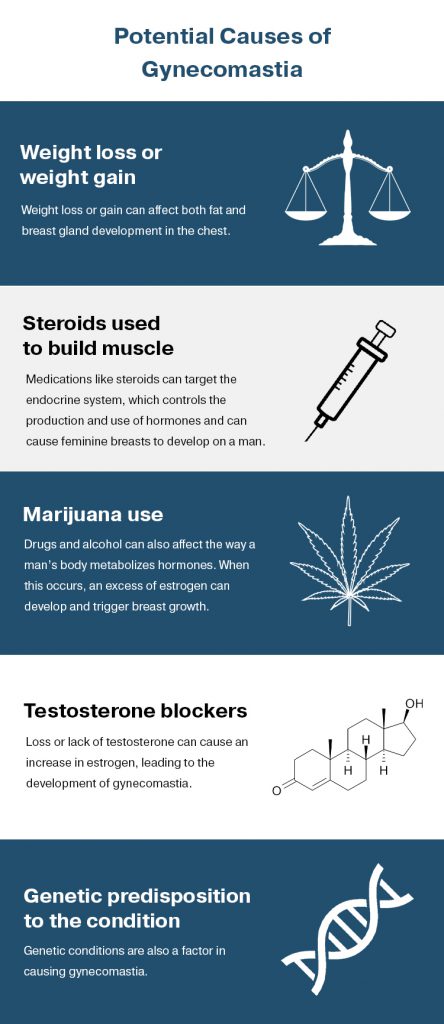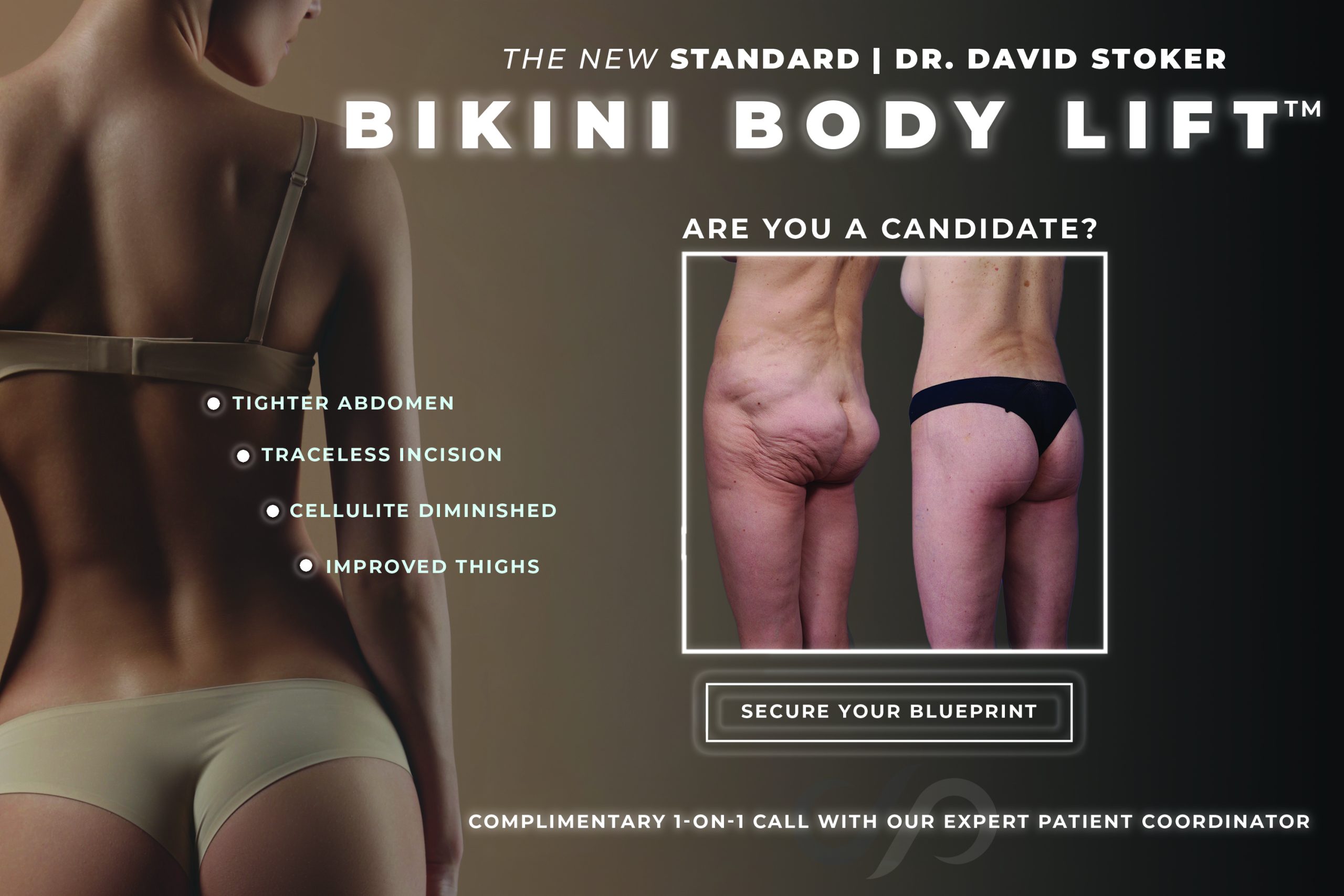Any adolescent boy or man who has kept his shirt on at the beach or pool to hide overly developed breast tissue and fat understands the embarrassment of gynecomastia. In an area such as Southern California, with its spectacular weather and miles of beaches, many men come to my Los Angeles plastic surgery practice seeking treatment for gynecomastia.
As a board-certified plastic surgeon and body contouring specialist, I’ve seen an increase in the number of gynecomastia patients who want male breast reduction surgery in Los Angeles. Male breast reduction is a general term for a procedure that can be performed using various techniques. In some cases, surgeons combine techniques to produce the best results. Whatever technique is used, though, the satisfaction rate among patients is high. On the RealSelf website, 98% of gynecomastia patients rated the procedure as “worth it,” and a patient satisfaction study published in the World Journal of Plastic Surgery came to a similar conclusion.
In our gallery of before-and-after photos, you can see the results of gynecomastia surgery featuring some of our actual patients.
How Do You Treat Gynecomastia?
Determining the best approach to treat gynecomastia begins during the consultation when I can examine the patient’s condition. Most males with gynecomastia are either adolescents or men between the ages of 50 and 70. An estimated 50% to 60% of adolescents develop the condition, although swelling may subside as they get older. For men ages 50 to 70, up to 70% develop gynecomastia during those years.
People considering surgery, however, can be of any age. It is important that an adolescent has gone through puberty before considering male breast reduction surgery. Male breast reduction was the second most common cosmetic surgical procedure performed on males in 2019, according to statistics from The Aesthetic Society.
An important distinction should be made between gynecomastia—which involves excess breast tissue and, in some cases, fat—and pseudo-gynecomastia, which occurs when the enlarged breasts are the result of excess fatty tissue rather than glandular tissue.
Some of the potential causes of gynecomastia include:
- Weight loss or weight gain
- Steroids used to build muscle
- Marijuana use
- Testosterone blockers
- Genetic predisposition to the condition
The factors that contribute to gynecomastia and influence the treatment plan include:

Quantity of subcutaneous fat: If fatty tissue is the primary cause of enlarged male breasts, I use liposuction to remove the fat. After numbing the area, I’ll make a small incision on the lower outside crease of the breast. I insert a thin, hollow tube called a cannula through the incision and remove the excess fat. Power-assisted liposuction is a gentler type of liposuction that can be used for this procedure.
If excess breast tissue is also present, that’s surgically excised because liposuction isn’t effective for breast tissue.
Amount of breast tissue (ductal and lobular): Excess glandular breast tissue needs to be surgically removed. This is done by making an incision at the base of the areola—the dark skin surrounding the nipple.
The procedure may also involve reducing the size of the nipple or repositioning the areola to create more aesthetically pleasing results. It is quite common for one or both of these procedures to be combined with male breast reduction to improve the chest’s overall appearance.
Residual skin elasticity following removal of fat with liposuction: Younger patients whose skin retains its elasticity typically won’t have any skin removed during the procedure. But for older patients, or patients who have lost a lot of weight, the gynecomastia procedure will also include skin removal.
If you’ve been concerned about gynecomastia and are looking in the Los Angeles area for a specialist, contact us using the online form to request a consultation or give us a call at (310) 300-1779 to schedule an appointment. We’re also offering secure virtual appointments for patients who want to limit their in-person contacts.


Leave a Reply